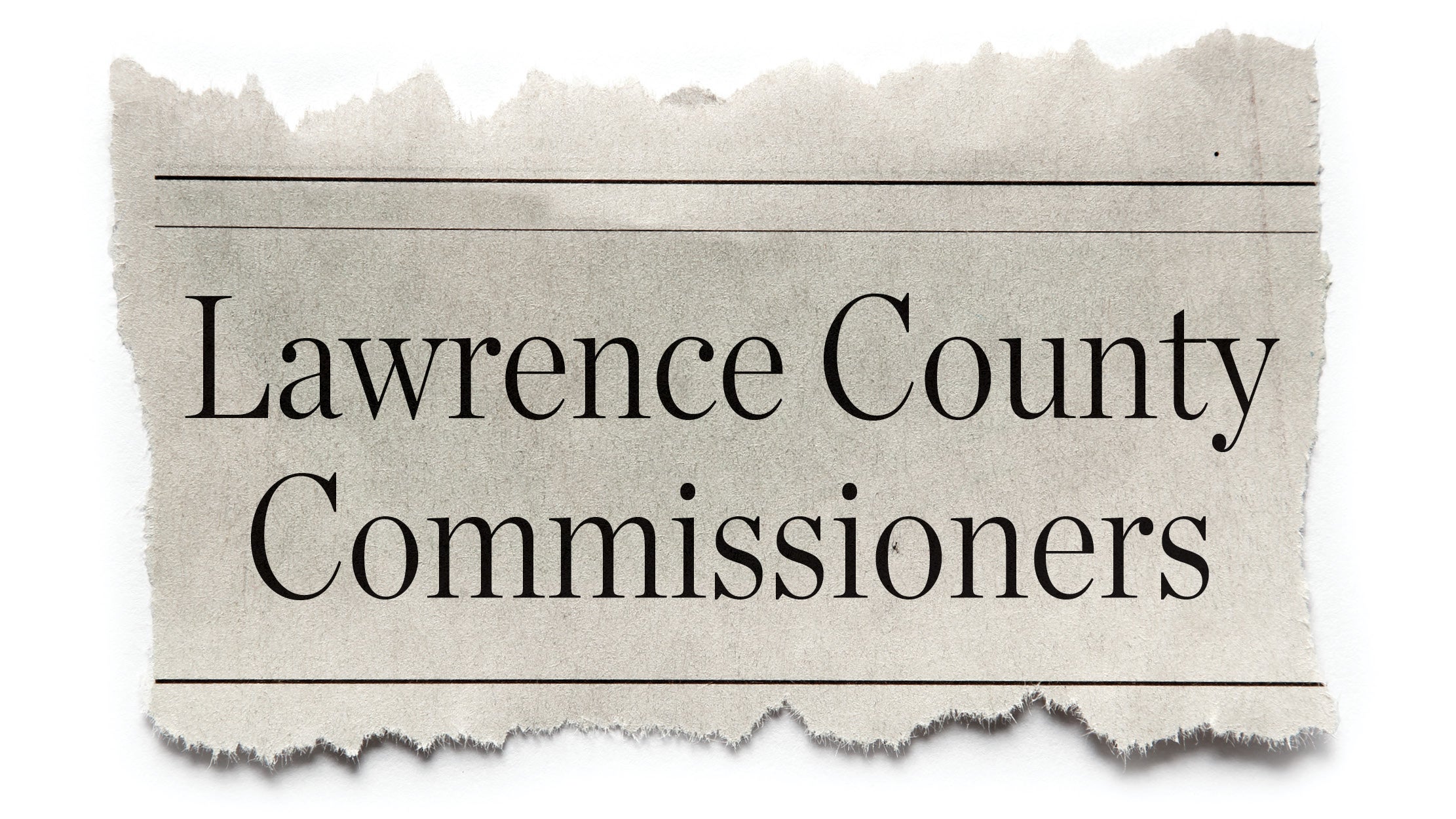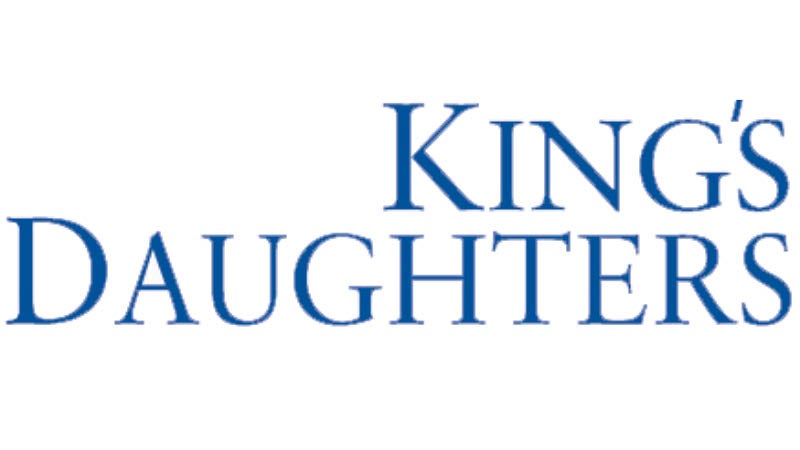Fairland fifth graders take part in science fair
Published 12:00 am Sunday, February 12, 2017
ROME TOWNSHIP — More than 130 budding scientists competed in the science fair at Fairland West Elementary on Friday.
The school hosts its own fair for its fifth graders, which takes place after the county’s science fair.
Assistant principal Sandy Joseph said the event, which is coordinated by teachers Judy Heffner, Sharon Black and Leroy Baise, is a large undertaking that takes several months of planning.
She said judges for the event came from throughout the community.
“We have six professors from Marshall University, six students from Ohio University Southern and retired professors,” she said.
She said students are taught about the scientific method and research in class, then they do their experiments at home.
“It’s a big event that everyone looks forward to,” Joseph said.
As fifth graders, it was the first time competing in the fair for those taking part.
One of the students competing was Katy Bell, with her project, “Deep Fried Fuels.”
“I was looking into alternatives to diesel fuel,” she said. “I’ve heard in the news about biodiesel, and wanted to see if it was up to what is said about it.”
She took three natural substances and converted them to biodiesel by removing excess water, then tested them to light a kerosene lantern.
She hypothesized that peanut oil would do the best, and her experiment proved that to be the case.
“If I were to conduct this experiment again, I would use an infrared thermometer to see which got the hottest,” Bell said.
Victoria Wilks was experimenting to see what works best to melt ice.
She tested salt, sugar and pepper on chunks of ice.
“I found that my results matched my hypothesis,” she said, pointing out that the salt worked best.
Darius Fulks was testing the strength of paper towels.
“You remember all those TV commercials and how they say theirs are the ones that are the strongest,” he said. “I think they lie to get your money.”
He tested three brands of towels, which he labeled A, B and C, by using a rubber band to secure each to a cup. The towels were then soaked and pennies were place on them until they broke through.
Fulks said, to his surprise, the thickest brand was not the strongest, as he predicted, but another did the job. He theorized it could be because of the way the quilted towel was layered.
Morgan Black said for his project, “Mind Control,” he wanted “to find out if you can use your own synapses to control someone else’s arm.”
To conduct his experiment, he used a SpikerShield, which allows a person to control electrical equipment with the electrical activity of their muscles.
From there, the synapse was encoded, then amplified into a TENS unit, which is used to stimulate nerves for therapeutic purposes, and sent to a subject.
“It succeeded,” Black said. “If you increased the power, there was more movement of the arm.”
Katie Stitt, who is a cheerleader and does gymnastics, took her interests and based her project on them.
“I wanted to see if weight was a factor when flying on a stunt,” she said.
To test this, she gathered people of different weights and had them do a stunt.
“I thought the flyer with less weight would fly best,” Stitt said.
However, she found from her results that this was not the case.
“Weight is not the only factor,” she said. “It also matters how the flyer carries the weight.”
Those who score a superior rating are eligible to compete in the district science fair, which will take place at Rio Grande University in March.
WINNERS
Superior: Katherine Bell, Evan Williams, Chase Allen, Benjamin Southard, Madison McKinley, Brady Bane, Mckinsey Wray, Braxton Trador, Kaylee Bruce and Morgan Black
Outstanding: Morgan Lyons, Taylor Smith, Duncan Jones, Kaylee Sayler, Carson Sansom, Marlee Lucas, Emma Barnette, Marissa Thacker, Victoria Thompson, Ryan Ward, Corina Clagg, Dylan Adkins, Kaliann Hall, Noah Marcum, Katherine Jackson, Logan Litz, Hunter Poe, Alex Cyrus, Chad Graham and Robert Clark





